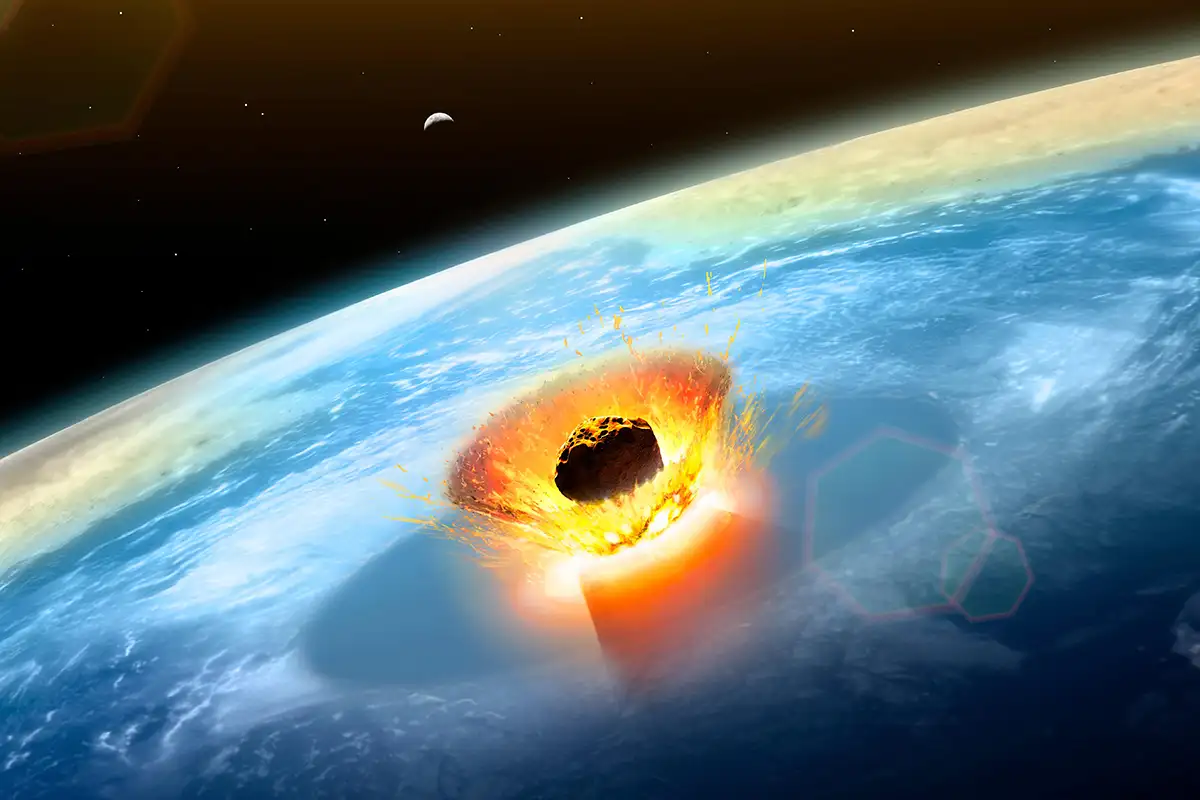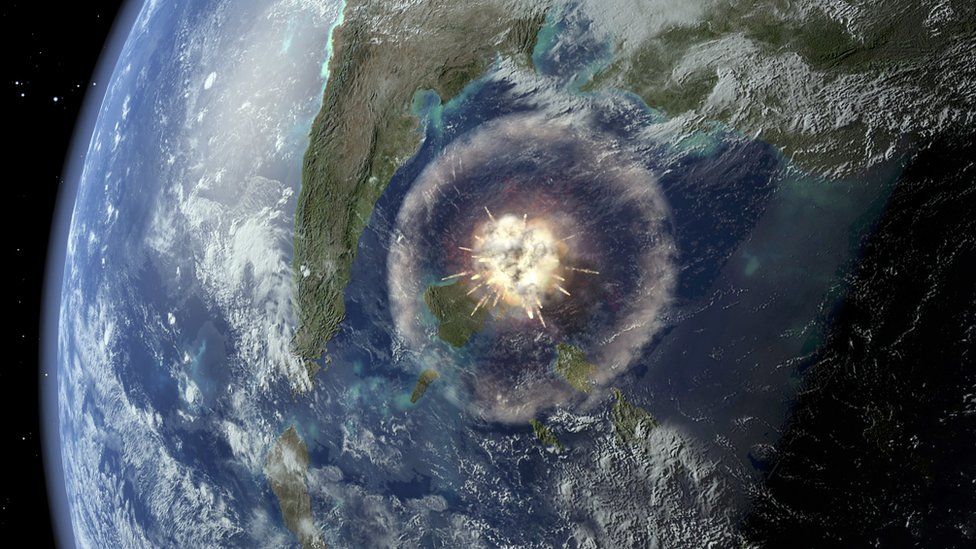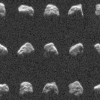Sixty-six million years ago, a dramatic event unfolded when an asteroid struck the Yucatán Peninsula in what is now Chicxulub, Mexico. This colossal impact led to the extinction of approximately 75% of animal species, including most dinosaurs, leaving only their avian descendants behind. Despite the enormity of the event, the original asteroid has largely disappeared, leaving minimal direct evidence of its existence.
Recent research published in *Science* has shed light on the asteroid’s chemical identity. Scientists discovered that the asteroid was a rare, clay-rich space rock composed of materials dating back to the early solar system. This new information provides crucial insights into the nature of the asteroid that triggered the fifth mass extinction event on Earth.
The theory that an asteroid caused the extinction of the dinosaurs was first proposed in 1980, based on the presence of a thin iridium layer in rocks worldwide. Iridium, a metal more common in asteroids than on Earth, suggested an extraterrestrial impact. This hypothesis gained further support in 1991 when researchers identified the Chicxulub crater as the impact site matching the extinction timeline.

The asteroid involved in this catastrophe was estimated to be between 6 and 9 miles (9.7 to 14.5 kilometers) in diameter. Its immense size meant that upon impact, the asteroid was mostly vaporized, creating a massive dust cloud that blocked sunlight and caused a significant global temperature drop, leading to widespread extinction.
To understand the asteroid’s composition, scientists analyzed ancient rocks from Denmark, Italy, and Spain, focusing on the metal ruthenium. Their analysis revealed that the asteroid was a carbonaceous chondrite, a type of meteorite known for containing water, clay, and organic compounds. This finding aligns with the chemical signature found in the impact layer.
This research has important implications for future planetary defense. Large impacts like the Chicxulub event are rare, occurring every 100 to 500 million years, but the potential for future collisions remains. Understanding the characteristics of different types of asteroids helps in developing strategies to protect Earth from similar threats, enhancing our preparedness for potential future impacts.

